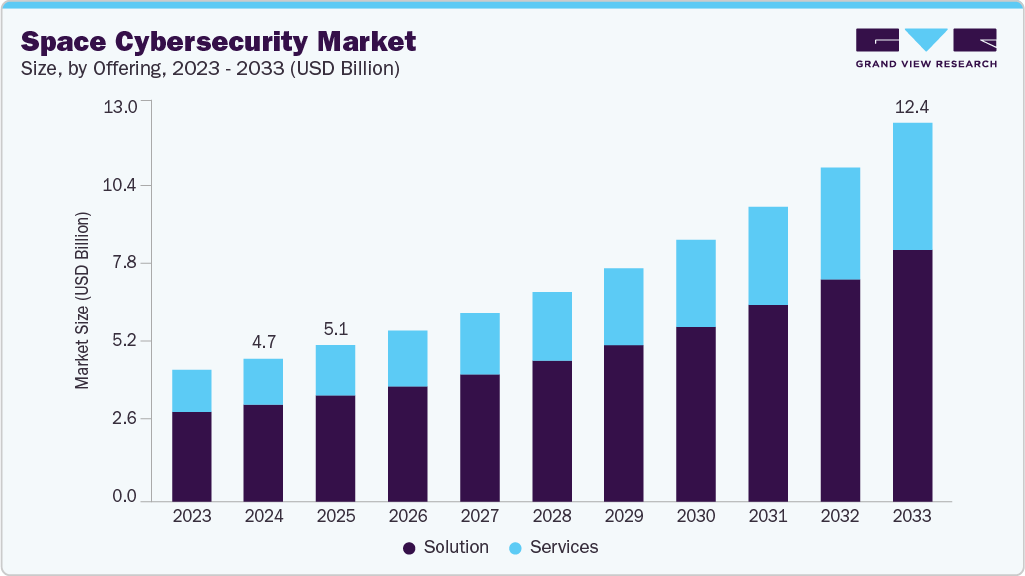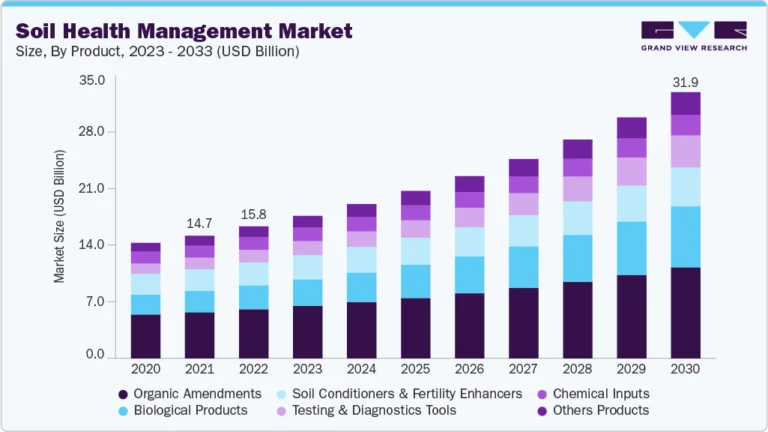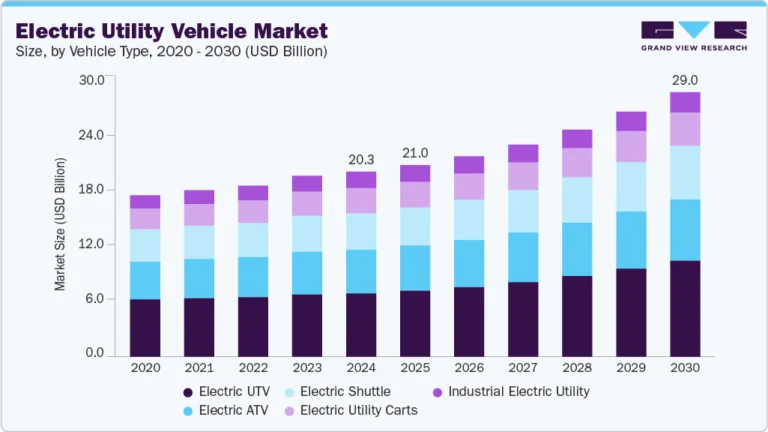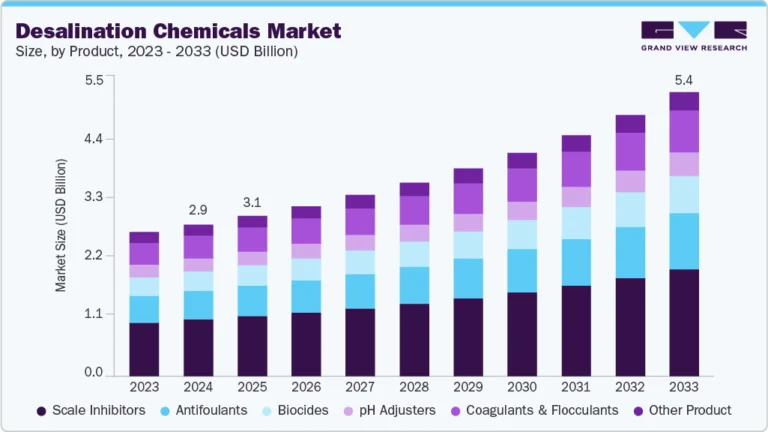Space Cybersecurity Market Size, Share & Trends Analysis growing at a CAGR of 11.7% from 2025 to 2033

The global space cybersecurity market size was estimated at USD 4.68 billion in 2024 and is projected to reach USD 12.37 billion by 2033, growing at a CAGR of 11.7% from 2025 to 2033, owing to the rapid digital transformation of the space industry.
Key Market Trends & Insights
- North America held a 35.7% revenue share of the global space cybersecurity market in 2024.
- In the U.S., the market is driven by the growing focus on strengthening the cyber resilience of space assets across all segments.
- By offering, the solution segment held the largest revenue share of 68.1% in 2024.
- By platform, the satellites segment held the largest revenue share in 2024.
Market Size & Forecast
- 2024 Market Size: USD 4.68 Billion
- 2033 Projected Market Size: USD 12.37 Billion
- CAGR (2025-2033): 11.7%
- North America: Largest market in 2024
- Asia Pacific: Fastest growing market
Request a free sample copy or view report summary: https://www.grandviewresearch.com/industry-analysis/space-cybersecurity-market-report/request/rs1
As satellite constellations, space assets, and ground-based control systems become more interconnected and data-intensive, cybersecurity has emerged as a mission-critical priority. Government agencies, defense contractors, and private aerospace firms are investing heavily in advanced cybersecurity frameworks to safeguard critical space infrastructure from evolving cyber threats, including nation-state attacks, ransomware, and signal jamming.
The increasing deployment of small satellites (smallsats), low Earth orbit (LEO) networks, and autonomous spacecraft has led to greater surface area for potential cyber intrusions. In parallel, the adoption of cloud-based ground segment operations and AI-driven space mission planning requires robust, scalable cybersecurity solutions capable of protecting data flows between space and terrestrial systems.
Furthermore, as the space domain becomes more commercialized and integrated with national security architectures, the need for resilient, AI-enhanced cybersecurity tools grows in importance. Emerging trends such as satellite-to-satellite communications, space-based edge computing, and space situational awareness (SSA) platforms underscore the demand for adaptive cybersecurity systems that can secure both orbital and ground-based infrastructure in real time.






